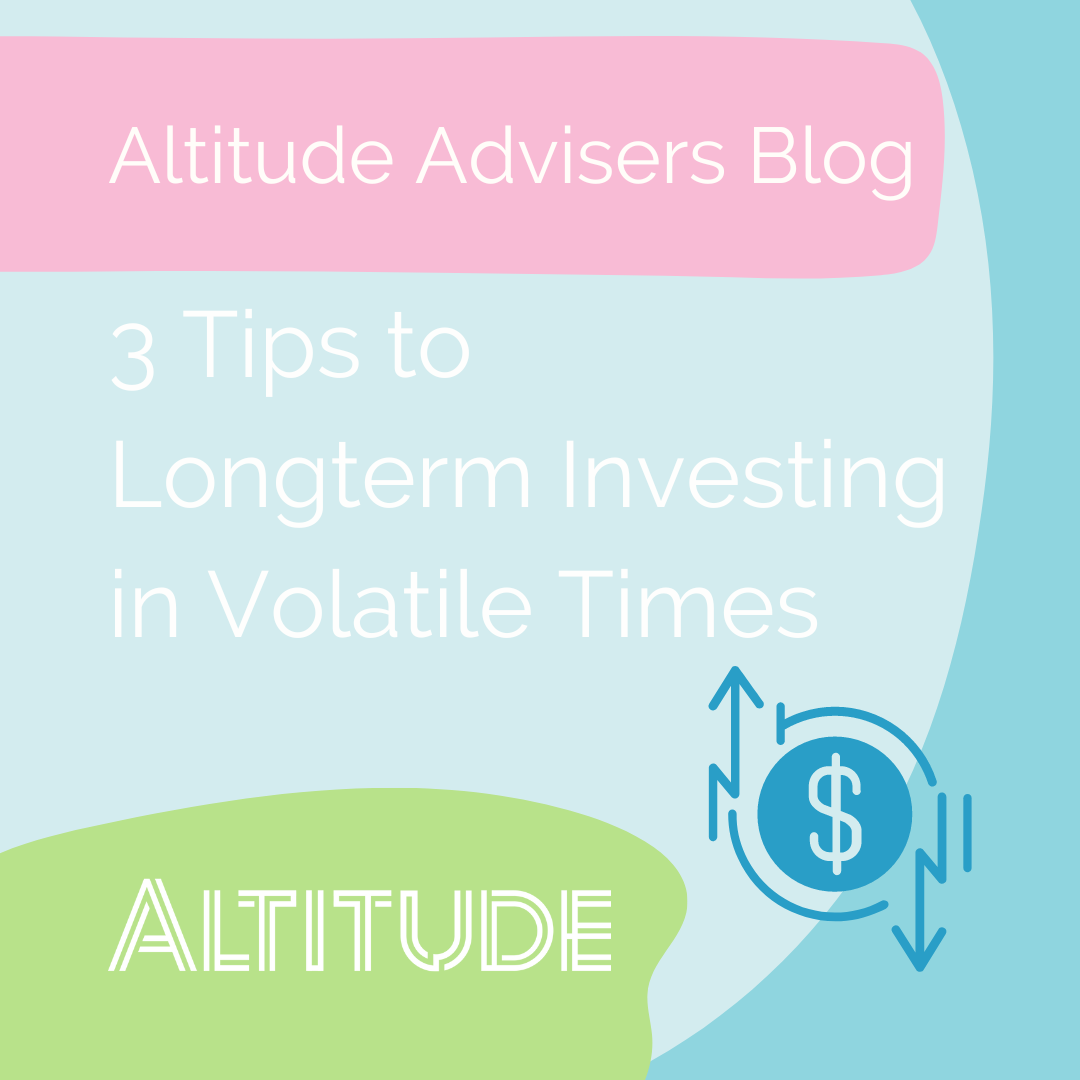
You’ve worked hard to invest and now you’re trying your hardest to not lose any of it. But is jumping in and out of the market the best thing for you?
One of the most nerve wracking and anxiety inducing aspects of investing is being able to see the daily volatility of the market. There is always going to be an emotional attachment to the value of your investments, but what is the best way to invest during times of volatility for you?
Setting the scene for successful investment behaviours in trying times
We have all seen significant volatility over the last few years while we have dealt with covid. For many people this volatility would have been too much to bear. Perhaps you thought that you could time the market by waiting to buy at the bottom. However to the small few who kept their money invested, I applaud you. From the two years following the beginning of covid, the asx200 has had five separate months with a gain or loss greater than 10%, one badly timed decision during these periods would have significantly impacted your portfolio.
Although staying invested would have meant you were hit in the bad times, it would have also ensured you didn’t miss any of the best periods. In looking at the history of the S&P500, there have been significantly more days with a gain at significantly higher rates compared to days of loss.
Tip 1: The market it always fluctuating. Worry less about changes due to global events.
The world’s largest asset manager Blackrock released some statistics earlier this year that perfectly illustrate this point. Over the period from the 1930’s to early 2022. These numbers showed that staying invested the entire 92 years would have returned a cumulative 17,715% but by missing the best 10 days of each decade (90 days total) your cumulative return would have only been 28%.
This can be further shown over the 20-year period from 2001 to 2020 where the S&P500 provided a cumulative return of approximately 425%, however if you exclude only the five best days from this period the return is 268% and if you exclude the top 25 days you would have lost 8%. These 25 days only account for 0.5% of the available days during this period.
Tip 2: Invest long term: Keep calm and quit checking your portfolio (every hour, or every day)
Although everyone thinks they may be able to time the recovery after a down period, no one can time the market perfectly. The easiest way to mentally navigate volatility in your investment is limiting the amount of times you view your portfolio. Your investments should be a long term process, viewing the value of your portfolio monthly or even quarterly may help reduce some of the stress and anxiety many of us feel when investing.
Although investing is an emotional rollercoaster, the reward to those that have the ability to overcome this and stay invested can be significant. As history has shown that missing out on that one day can have life changing consequences. The next time you consider selling your portfolio due to a market downturn, I urge you to stop and think ‘what if tomorrow is that day?’
Tip 3: Invest some of your income in employing an experienced financial adviser
Financial planning might be your map to finding the pot of gold at the end of the rainbow.
A financial adviser can help you set financial goals and make sensible investment decisions in a carefully selected financial portfolio. This way, you can feel confident that the future you are planning is achievable. If you’re not on track to achieving your goals, an adviser can help you put the right strategies in place or set more realistic goals. Give us a call at Altitude to set this in motion, sooner rather than later.
This website is general in nature and does not take into account your personal circumstances, financial needs or objectives. Before acting on any information, you should consider the appropriateness of it and the relevant product having regard to your objectives, financial situation and needs. In particular, you should seek the appropriate financial advice and read the relevant Product Disclosure.


